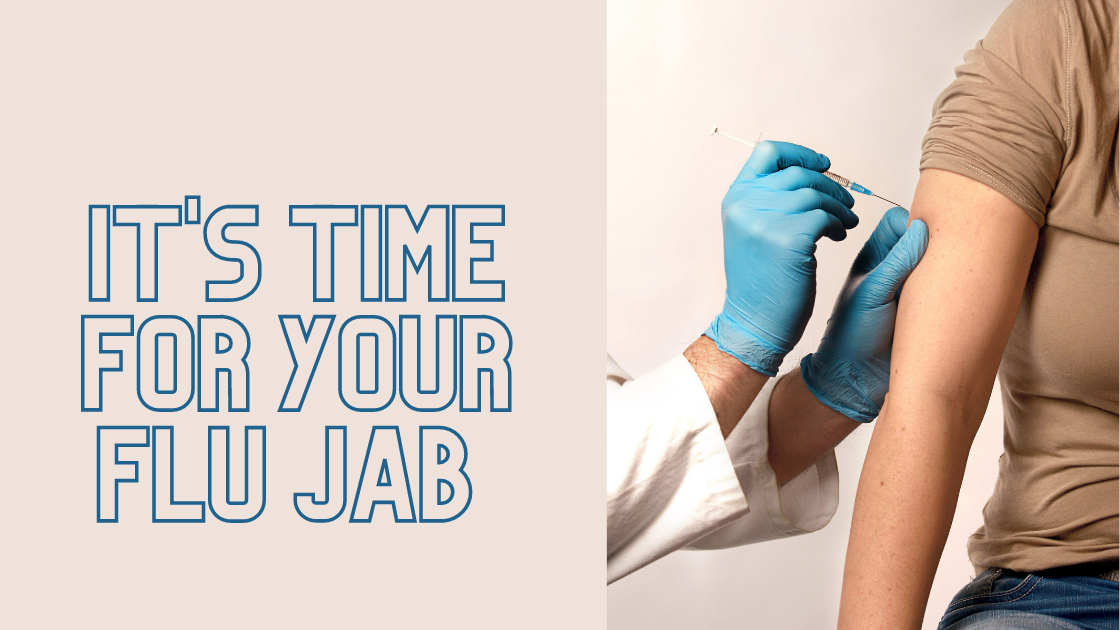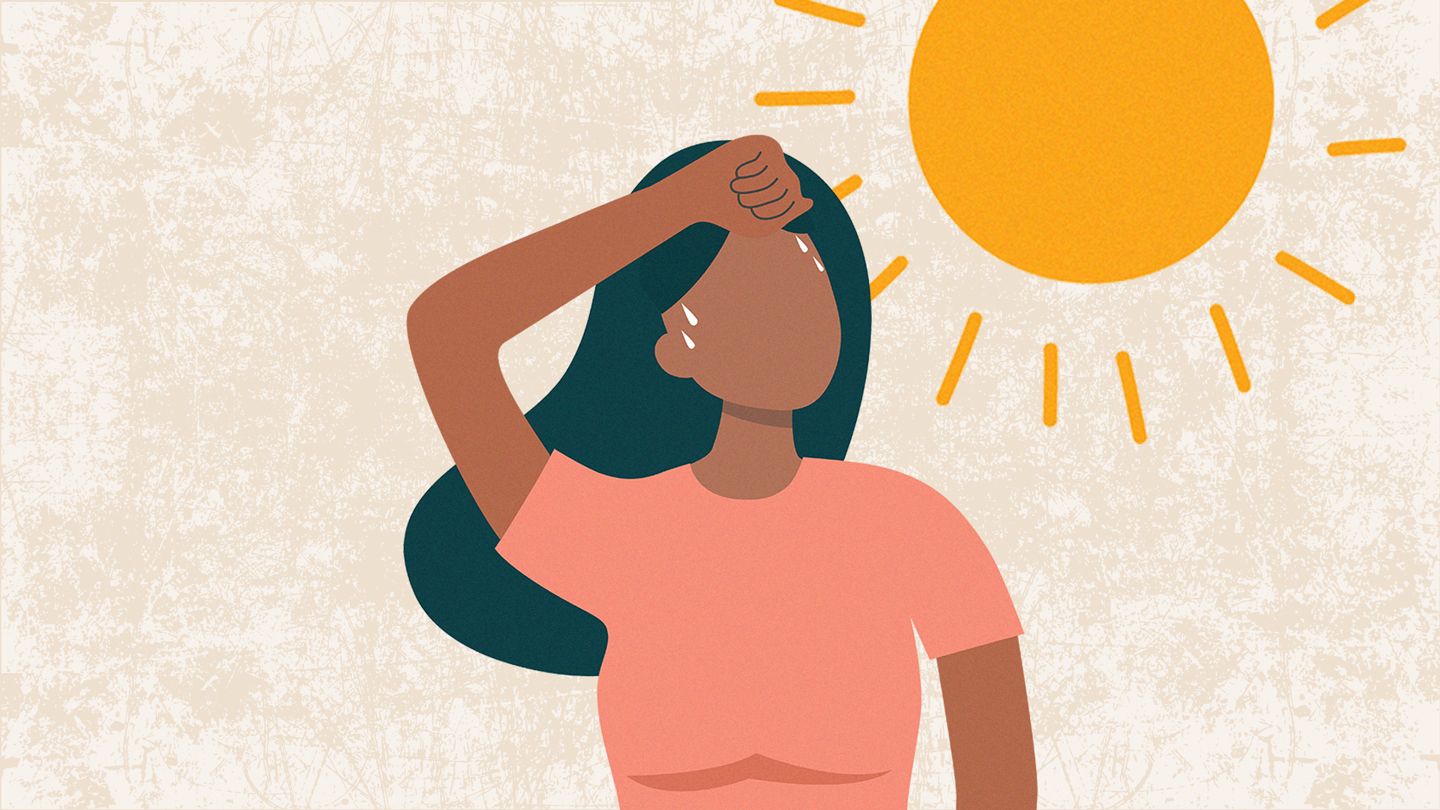The internet is awash with articles and blogs peddling the latest fad diets and weight loss tips. But body fat is more complex than most would lead you to believe, and your ideal level of body fat depends on your height, weight, age and gender.
Let’s take a look at the science of body fat to find out why it isn’t one size fits all.

What is body fat?
Body fat (or adipose tissue) is mainly made of fat cells (adipocytes) whose primary job is to store energy. But adipose tissue also consists of other cells that help to produce hormones, which play an important role in the regulation of glucose and cholesterol.
There are two main types of body fat - visceral fat (stored around the internal organs), and subcutaneous fat (stored beneath the skin). While we all have both types of fat, men more commonly store visceral fat, while women commonly store subcutaneous fat.
Visceral fat is considered to be more harmful to your health, as it is linked to diabetes and heart disease. It is not outwardly visible, and can quickly be broken down to release energy. Subcutaneous fat is not as harmful, and is mainly a cosmetic concern, but can still contribute to health conditions.
Why do we need it?
Fat is an essential source of energy, one gram of fat provides nine calories, compared against protein, which produces only four calories per gram.This illustrates how much we rely on fat for efficient energy. Besides energy, fat plays an important role in vitamin absorption. Key vitamins such as A, D, E and K are fat soluble and all play important roles in the body.
Fat does not just operate at a nutritional level, healthy levels of fat provide protection for bones, joints and organs. A very common area for fat storage is the buttocks and upper thighs, making sitting more comfortable.
There are even some types of fat that contribute to achieving a healthy level of cholesterol in the blood. Cholesterol consists of high density lipoproteins (good cholesterol) and low density lipoproteins (bad cholesterol) and some fat work to reduce the level of low density lipoproteins and promote levels of high density lipoproteins.
It is very important that we have fat in our bodies but we need to get it from somewhere, which is where food comes in.
What about the fat we eat?
Dietary fat provides energy and is essential to the body’s functions. Without it we would be unable to maintain basic bodily functions. When it comes to food, there are two main classifications of fat - saturated and unsaturated.
Saturated fats are found in red meat, poultry and full fat dairy products, which are key elements of many people’s diet. These foods provide other essential nutrients to the body, such as iron and protein, but high levels of saturated fats raise the levels of low-density lipoprotein (bad cholesterol) which greatly increases the risk of heart attacks and strokes. Saturated fats are commonly associated with serious health conditions.
Unsaturated fats can be divided into two types - monounsaturated and polyunsaturated.
Monounsaturated fats, found in olive oil and some nuts, can help improve blood cholesterol levels by contributing to the breakdown of low density lipoprotein (bad cholesterol) . This can decrease your risk of heart attacks and strokes, and there is also research to suggests that monounsaturated fats could benefit blood sugar control.
Polyunsaturated fats, which are mostly found in plants and oils, also contribute to improving cholesterol levels and reducing the risk of heart disease. There is also evidence that polyunsaturated fats reduce the risk of type-two diabetes. Omega 3 fatty acids, found in some types of fish, are a type of polyunsaturated fat, that work to decrease the risk of coronary artery disease, and protect you from irregular heartbeats and lower blood pressure levels. Unsaturated fats consumed in reasonable amounts are linked to the reduction of cholesterol and healthy bodily function.
How much is too much?
On a day-to-day basis the NHS recommends that an adult should ingest 70g of fat - 50g’s of which should be unsaturated to maintain a healthy diet. This combined with regular exercise can help you maintain a healthy level of body fat.
Your level of body fat is measured in relation to your total weight, and the recommended levels differ between health institutions. The Royal College of Nursing (RCN) advises that men aged 20-39 should aim for a percentage of between 8-20%, while 40-59 year olds should be between 11-22% and 60-79 year olds should be between 13-25%. Below this range, the body would not be able to maintain basic psychological and physiological functions. If a man exceeds the highest percentage by more than 5%, he would be considered obese and at risk of serious health conditions.
For women, the RCN recommends 21-33% body fat between the ages of 20-39, 23-34% between the ages of 40-59, and 24-36% between the ages of 60-79. As with men, anything below this means that the body would not be able to maintain basic functions. If a woman exceeds the highest percentage by more than 6%, she would be considered obese and at risk of serious health risk.
To maintain a healthy body fat percentage you should aim to burn a similar amount of energy to that you take in, otherwise you will gain weight. A balanced diet combined with regular exercise is key to maintaining a healthy percentage.
Weight Loss
Reducing body fat and weight is very different to maintaining a healthy body fat percentage.
You can imagine the fat burning process as peeling an onion. Rather that it being burnt in chunks, it is stripped away layer by layer. Deciding whether or not you need to lose weight can be determined by your Body Mass Index (BMI) and your Body Fat Percentage. There are a number of ways to reduce your body fat percentage and overall weight, and it is best to discuss your particular needs with a healthcare professional.
We’re interested to hear your views and thoughts regarding body fat and weight, please leave a comment below and don’t forget to share and retweet to keep your friends and family informed.














